Man has learnt important lessons about the natural environment around him. In order to co-exist, Man and the Biosphere must complement and respect each other. Man’s discovery of this has come only after his imposition and the resulting and increasing unpredictability of nature. Balance comes when man understands that he must exist with nature without obstructing its flow. In other words he must develop himself around rather than in spite of nature. When this happens; both man and nature thrive and that is what the St. Mary’s Biosphere Reserve (SMBR) is all about. While the world has found itself in “corrective mode” having missed the opportunity to prevent some of the environmental issues with which we are faced climate change etc.), programmes like Man and the Biosphere provide avenues of recovery.
When with guidance from the National Commission for UNESCO relevant stakeholders grabbed hold of the concept of the Man and the Biosphere, St. Mary’s (Keys, Canada, Cayon) was identified as the ideal location for development/implementation. The area having several natural attributes, being extremely bio-diverse, claiming outstanding cultural heritage as well as a vibrant village life was thought to provide the ideal opportunity. The special focus of the site is its biodiversity as well as supporting the indigenous peoples and recognizing the value of their knowledge systems. Village participation in preserving the outstanding mosaic of natural and cultural landscape values was recognized as key. It is an innovative approach to economic development that is socially and culturally appropriate and environmentally sustainable.
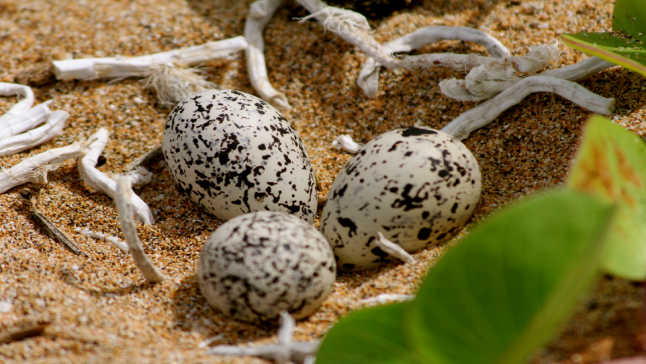
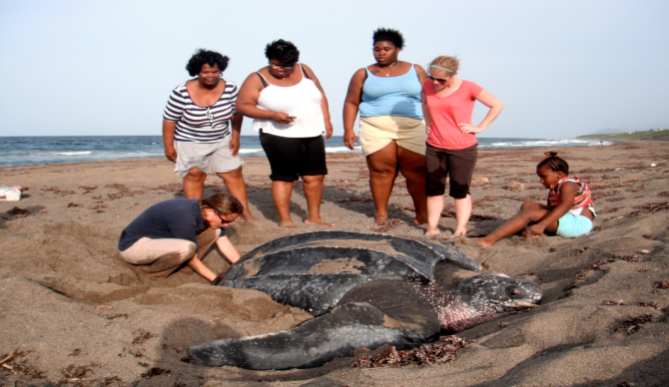
History and Facts about SMBR!
- The St. Mary’s Biosphere Reserve (SMBR) is the first Biosphere Reserve in the English Speaking Caribbean.
- The certificate declaring St. Mary’s as a Biosphere Reserve was handed over to the Federation at the 36thSession of the UNESCO General Conference, in early November 2011. The St. Kitts – Nevis Man and the Biosphere National Committee was launched 5 months later on April 23rd, 2012.
- The SMBR is approximately 4,297.125 hectares in size and is located about 4 miles from the Capital of Basseterre.
- The SMBR has a ridge to reef topography that encompasses the communities of Canada, Keys and Cayon.
The SMBR is home to areas of interest such as: Historic Sugar Plantation Estate Ruins; Cayon Village Historic District; Maroon Settlements; Spooner’s Level & Cotton Ginnery; Bayford’s Historic Dairy Farm; Jack in the Box Mountain Passage; Cayon River Historic French/English Division, Keys Beach (St. Kitts main leatherback turtle nesting beach); and a Central Forest Reserve that is home to man.
- This is an area that is devoted to long term protection a
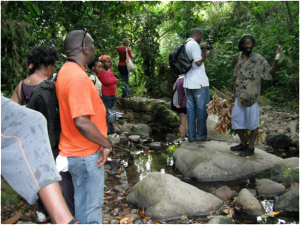 nd conservation of the biodiversity within the SMBR.
nd conservation of the biodiversity within the SMBR. - There is a marine core zone (212.37 ha) and a terrestrial core zone (192.16 ha).
- The marine core area encompasses the nesting habitat of both leatherback (critically endangered); hawksbill (critically endangered)and green (endangered) sea turtles. It is home to coastal avifauna, two reef systems located north and south of the Cayon River, and promote activities such as fishing, conch diving, sea grapes harvesting and sea moss harvesting.
- The terrestrial core zone is located in the Central Forest Reserve National Park (CFRNP), which is the first national park to be designated in the Federation of St. Kitts and Nevis. This zone is home to many endemic bird species, plant species, and areas of high historic and heritage value.
- This is an area where
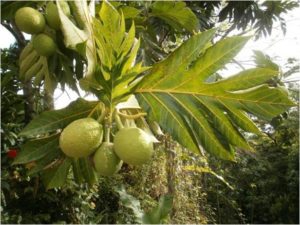 activities that are compatible with the protection and conservation efforts of the core area takes place.
activities that are compatible with the protection and conservation efforts of the core area takes place. - There is a marine buffer zone (199.48 ha) and a terrestrial buffer zone (723.57 ha).
- The marine buffer zone is the area from the setbacks of the island main road to the Coast. This area includes the Keys’s Bat Cave and the Great Heeds Pond.
- The terrestrial buffer zone encompasses historic sites, various streams and ghauts (Cayon River, Wash Ghaut and Ottleys Ghaut)and the ridgeline of the Canada Hills above the villages of Canada, Keys and Cayon.
- This is an area whe
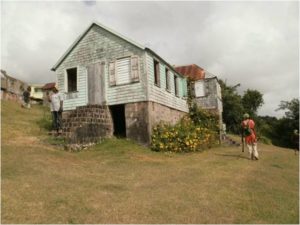 re sustainable resource management practices are promoted and developed.
re sustainable resource management practices are promoted and developed. - There is a marine transition area (1927.01ha) and a terrestrial transition area (785.68 ha).
- This area is not a defined area of land but instead an amorphous landscape that shifts with the challenges and opportunities in the biosphere reserve. This area includes the Villages, Heritage Sites and a Medical University.



